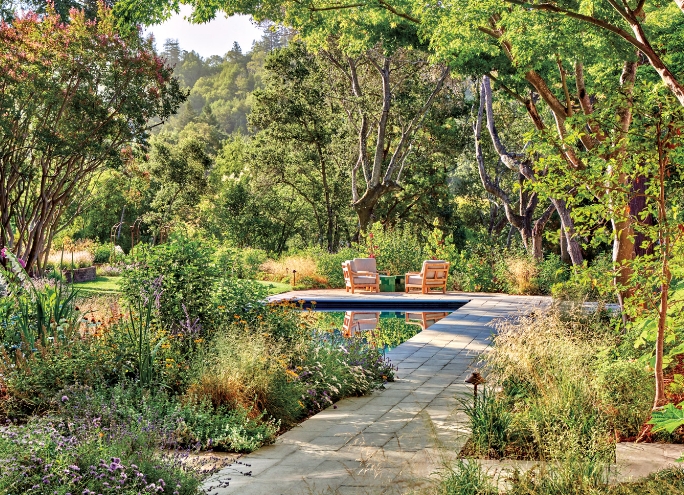The architecture of landscapes is a fascinating blend of nature and human design that shapes our interaction with the environment. Understanding how landscapes are constructed can enhance our appreciation of public spaces, gardens, and parks, making this knowledge both relevant and beneficial for everyone.
Creating Engaging Outdoor Spaces
The architecture of landscapes involves crafting outdoor spaces that are not only visually appealing but also functional. This can include designing parks that accommodate various activities, integrating walking paths, seating areas, and playgrounds. Thoughtful landscape architecture promotes community engagement and encourages people to spend more time outdoors. By considering the needs of the community, landscape architects can create environments that foster social interaction and well-being.
Sustainability in Landscape Architecture
Sustainable practices are becoming increasingly important in landscape architecture. This approach emphasizes using native plants, minimizing water usage, and reducing the need for chemical fertilizers and pesticides. By choosing to incorporate sustainable practices, landscape architects contribute not only to the beauty of a space but also to its ecological health. These practices can help combat climate change and preserve biodiversity. With a focus on sustainability, more urban areas can become green havens that support both wildlife and human populations.
The Role of Technology
Modern technology plays a crucial role in landscape architecture, transforming how spaces are designed and developed. Tools like Geographic Information Systems (GIS) and drone technology allow architects to create detailed maps and models of landscapes before construction begins. These technologies facilitate better planning, ensuring that landscapes are designed to suit their environments and intended uses. Additionally, virtual and augmented reality can help stakeholders visualize projects in their early stages, making it easier to gather feedback and improve designs.
In conclusion, the architecture of landscapes is a vital aspect of our interaction with the environment. By focusing on engagement, sustainability, and technology, landscape architects can create spaces that enhance our quality of life and promote a healthier, happier world. To learn more about how landscapes can be beautifully designed for functionality and ecological balance, consider exploring local parks or reading up on recent projects in landscape architecture.

